Medieval Warfare picks up where its sister magazine, Ancient Warfare, leaves off. Starting around 500 AD, Medieval Warfare examines the world during the Middle Ages up through the early years of the Renaissance (the magazine generally leaves off in the 16th century). While popular topics such as the Crusades and the Vikings are given regular coverage, Medieval Warfare also tackles more complex and obscure topics, ranging from the Umayyad Caliphate versus the Byzantine Empire to horse trading in 14th-century England.
Medieval Warfare magazine
Marginalia
FATHERS AND SONS AT WAR • A short train ride from Tokyo Station in an easterly direction takes one across the waters of the Edogawa and into the prefecture of Chiba. Overlooking the wide and shallow river is an old castle site on a wooded plateau. It is now a park from which fine views can be obtained of Tokyo’s skyscrapers and, if one is lucky, Mount Fuji. The name of the place is Kōnodai and it is noted for cherry blossoms in spring, but the plateau was not always so peaceful. During the Sengoku Period (Japan’s ‘Age of Warring States’), Kōnodai saw two fierce battles where the son of the first victor in 1538 went on to win in 1564 against the son of the first loser.
A GOOD MILITARY LEADER • History shows that there are three unpredictable factors that determine whether a military leader is good or bad: first, the quality of those who join up; second, the training to deal with battle stress; third, the psychological make-up of the individual. Despite the extraordinary attention that modern armies pay to the subject of military leadership, the answer to the question, “What makes a good (military) leader?” is neither simple nor universal. Yet, the Byzantine authorities, who lacked the meticulous screening processes of military cadets used in modern academies, assigned instead great importance to the qualities of a commander in their manuals, with conspicuous and notable parallels.
FIGHTING FORTHE FAITH • Holy war is sanctified violence, violence made holy through service to one or many deities or to a set of religious beliefs. It has found a home in every religious tradition from animism to Zoroastrianism. Judaism, Christianity and Islam never had a monopoly on this kind of war.
WOMEN’S JIHAD? • In the summer of AD 634, outside Damascus, the Muslim general Khalid ibn al-Walid confronted Byzantine reinforcements after the capture of his best warrior Dirar ibn al-Azwar. Suddenly, a rider cloaked in black garment, girded with a green waistband and armed with a spear, appeared on a tall horse. The rider dove into the Byzantine side, breaking their ranks, disappeared, and then came out brandishing a bloodied spear. The Muslim warriors, emboldened by the mysterious rider, attacked the enemy and routed them; all the while, the rider ripped through the Byzantine lines like a flame.
BATTLE OF THE FIELD OF BLOOD • Roger of Salerno, the Regent of the Principality of Antioch, had made great gains at the expense of the Aleppans by summer 1119. With nowhere else to turn, the Aleppans appealed for assistance to Artuqid Emir Najm al-Din Il-Ghazi, who recruited a large army of Turkmen horse archers to engage the Franks. Although Roger’s advisors urged him to wait for reinforcements, Roger ignored their advice. Moving with great speed and determination, Il-Ghazi’s army struck the Franks at Sarmada on 28 June.
NOT A HOLY WAR • In 1091 Noto and Butera, last strongholds of Muslim power in Sicily, fell. A Norman force headed by Roger, brother of Robert Guiscard, had needed exactly 30 years to take over, waging relentless and piecemeal war until the entire island was under Norman control. Eight years later, in 1099, Roger’s great-nephew Tancred was among the first beyond the walls of Jerusalem.
HOW TO CARRY OUT JIHAD • During the military parade before the campaign against the...
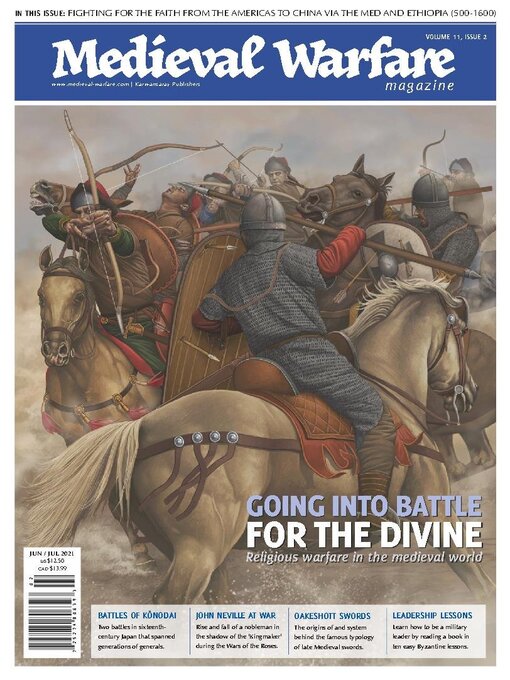
 Issue 11 - 2024
Issue 11 - 2024
 Issue 10 - 2024
Issue 10 - 2024
 Issue 9 - 2023
Issue 9 - 2023
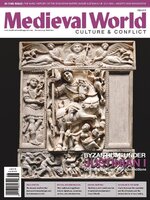 Issue 8 - 2023
Issue 8 - 2023
 Issue 7 - 2023
Issue 7 - 2023
 Issue 6 - 2023
Issue 6 - 2023
 Issue 5 - 2023
Issue 5 - 2023
 Issue 4 - 2022
Issue 4 - 2022
 Issue 3 - 2022
Issue 3 - 2022
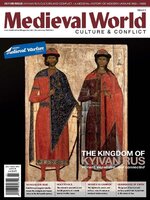 Issue 2 - 2022
Issue 2 - 2022
 Issue 1 - 2022
Issue 1 - 2022
 MW X11.1
MW X11.1
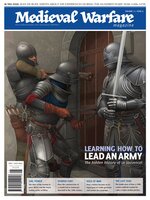 MW X1.5
MW X1.5
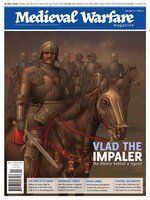 MW X1.4
MW X1.4
 MW X1.3
MW X1.3
 MW X1.2
MW X1.2
 MW X1.1
MW X1.1
